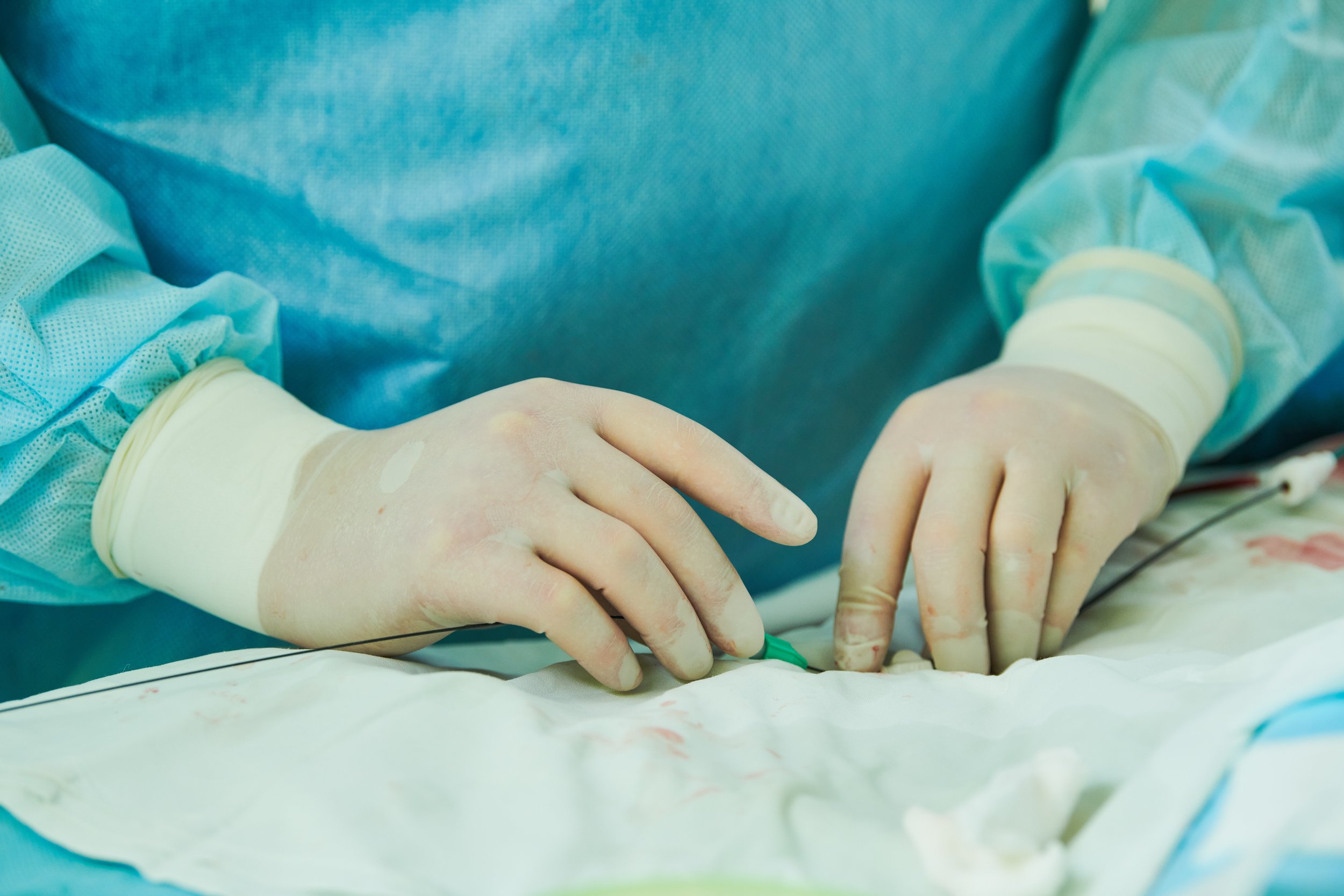Women’s Health
Dr Matt Clifford can perform a variety of procedures that are specific to women's health. These minimally invasive techniques use imaging guidance (such as ultrasound, CT, or fluoroscopy) to treat conditions. He works closely with gynecologists to ensure the procedures are effective, lasting and safe.
Some of the key women-specific conditions include:
-
Condition: Benign tumors that develop in the uterus, which can cause heavy menstrual bleeding, pelvic pain, and pressure.
Procedure: Uterine Fibroid Embolisation/Uterine Artery Embolisation (UFE/UAE) is used to block the blood supply to the fibroids, causing them to shrink and relieving symptoms such as bleeding and pain.
-
Condition: A condition in which the inner lining of the uterus (endometrium) breaks through the muscular wall of the uterus, leading to heavy, painful periods.
Procedure: Uterine Artery Embolisation (UAE) can be used to reduce blood flow to the uterus, decreasing pain and heavy menstrual bleeding.
-
Condition: Chronic pelvic pain caused by varicose veins/venous insufficiency in the pelvis .
Procedure: Pelvic Vein Embolisation/Ovarian Vein Embolisation uses coils and embolic agents to close off the dilated/incompetent veins, relieving symptoms.
-
Condition: Blockages in the urinary tract, which can lead to hydronephrosis (swelling of the kidneys) or difficulty urinating.
Procedure: Percutaneous Nephrostomy or Ureteral Stenting is used to relieve blockages and ensure proper urine flow.
These procedures allow women to avoid more invasive surgical options, providing faster recovery, reduced pain, and fewer complications. Interventional radiologists often collaborate with gynecologists and other specialists to manage these conditions, offering effective, minimally invasive solutions.
-

What We Do
-

Men's Health
-

Cancer Treatment
-

Our Procedures
-

Vascular Access


